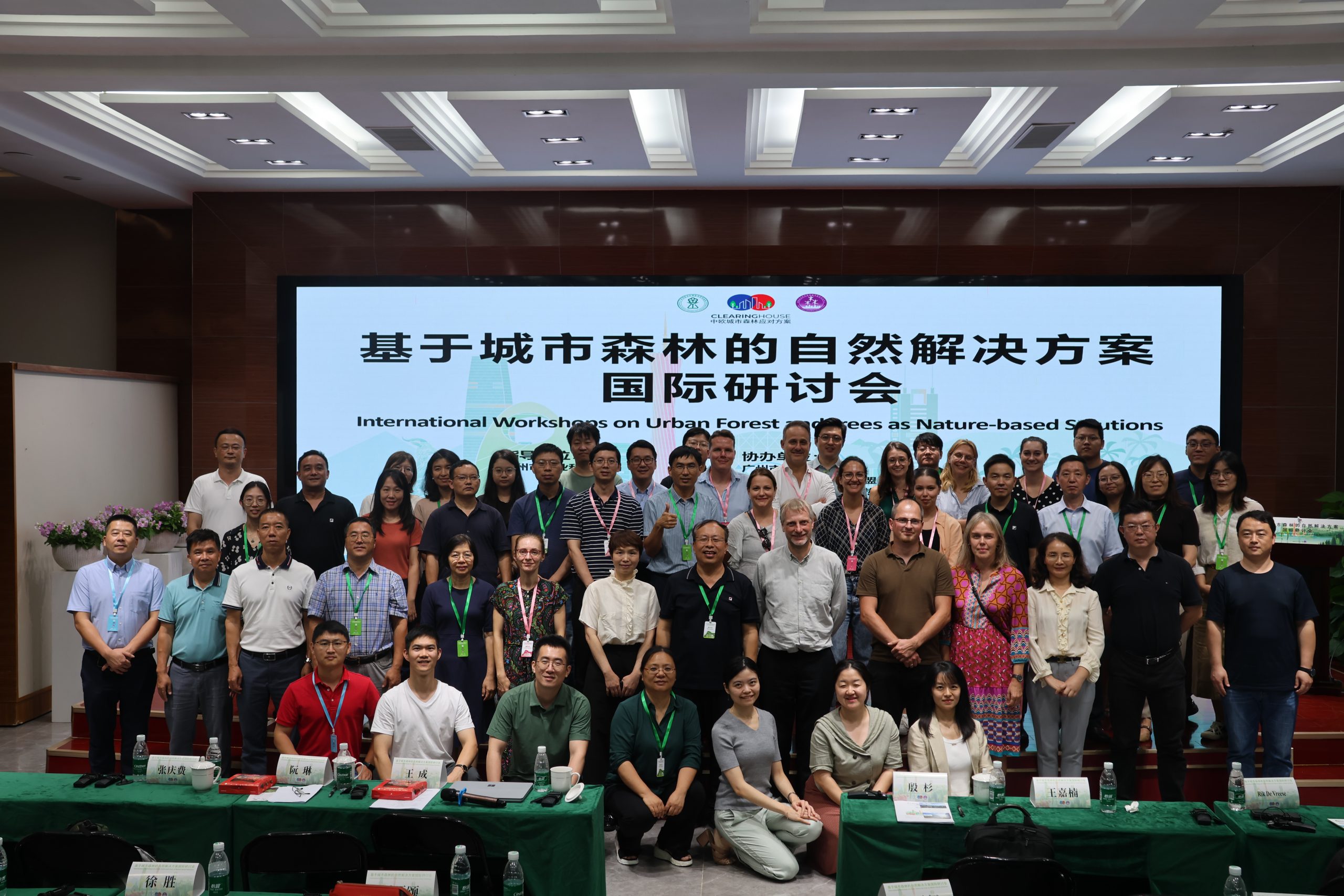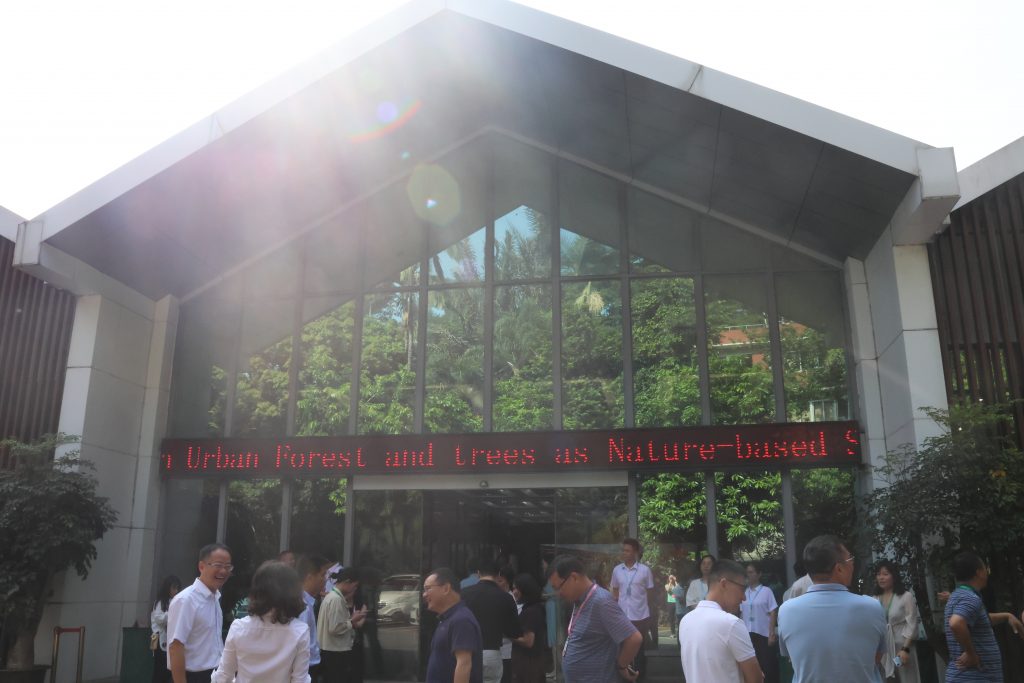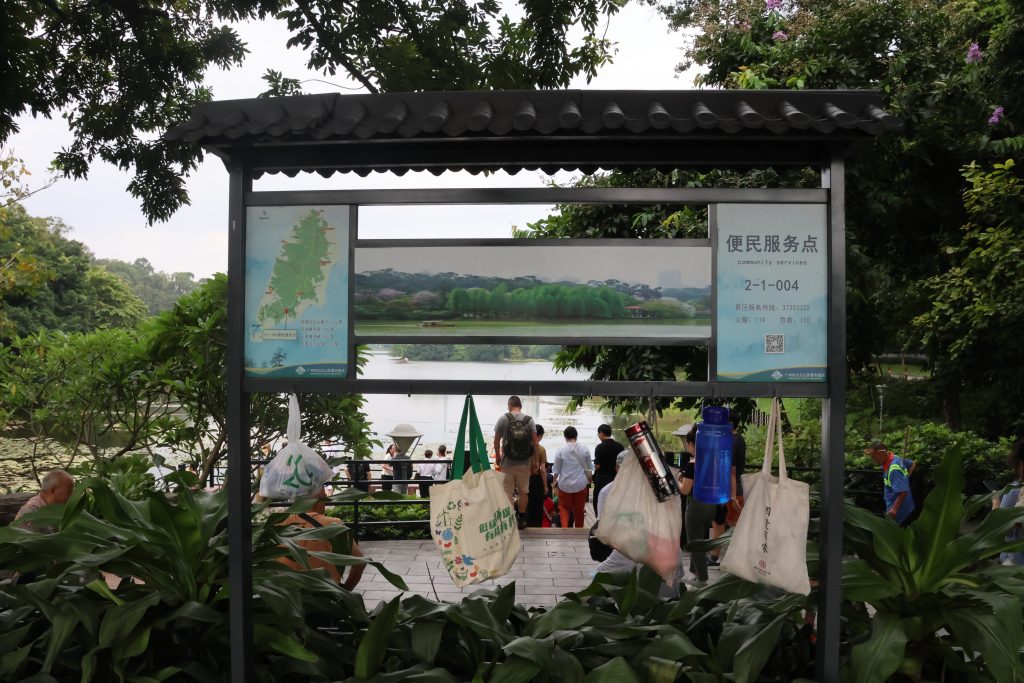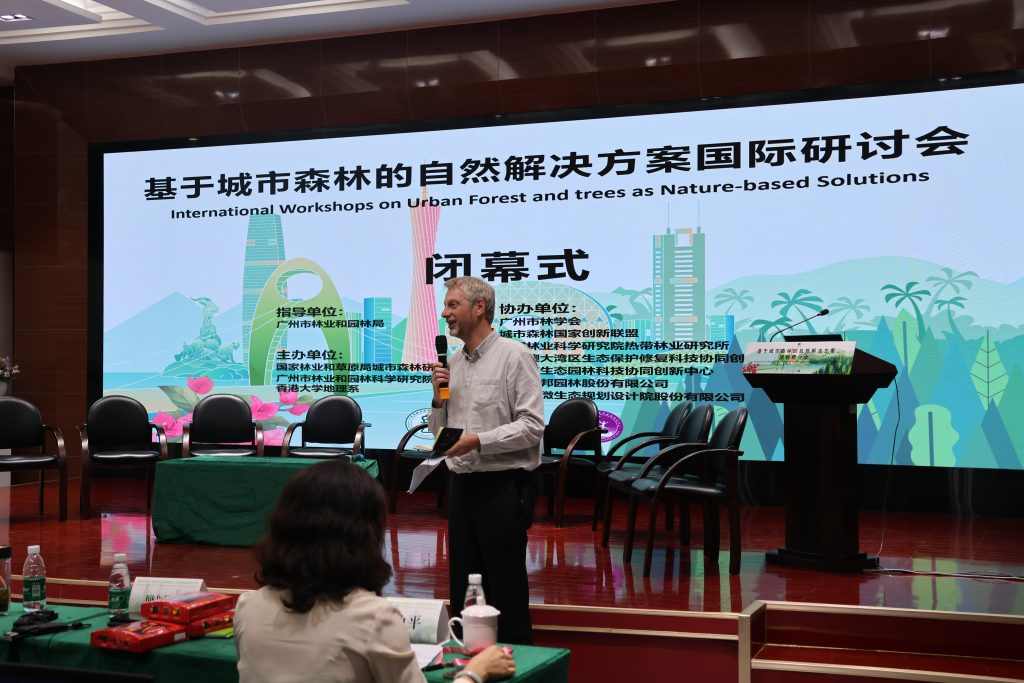
Nurturing Urban Greenery: Insights from the CLEARING HOUSE meeting in China
The CLEARING HOUSE conference held in China last September has brought to light groundbreaking initiatives and insights into the role of urban forests and green spaces in shaping sustainable, liveable cities. This gathering of experts and researchers provided a platform for the exchange of knowledge and ideas, emphasizing the global importance of integrating nature into urban planning. The conference’s first day showcased remarkable trends, projects, and outcomes that promise to transform the urban landscape. This broader global collaboration from both continents highlighted the growing recognition of the universal significance of green spaces.

The Evolution of Urban Forests in China and comparative discussions within experts
The ambitious construction of urban forests in over 400 Chinese cities is a testament to the global shift towards sustainable urban development. One of the key highlights is the remarkable increase in green coverage within urban areas, from 20% in 1982 to an impressive 41.6% in 2023.
The initiative not only aims to increase the number of green spaces but also emphasizes the diversity of vegetation. This surge is focused on improving urban and southern regions, including the preservation of critical ecosystems like mangroves.
It is essential to also note that the objective is not just to create aesthetically pleasing cities but to ensure tangible benefits for residents, thereby enhancing the overall quality of urban life: Urban Forests serve as powerful nature-based solutions, naturally cleaning the air, reducing heat, and absorbing rainwater, contributing to the resilience of urban environments.
In China like in Europe, experts have highlighted the crucial importance of involving the private sector in these green endeavors for long-term management and investment opportunities. Discussions at the conference also underscored the importance of effective land planning, considering layout and composition to serve multiple functions and ensuring ecological stability.

Balancing Urban Growth and Citizen Engagement for Biodiversity:
In china as well, balancing urban growth and conservation requires thoughtful planning, with an emphasis on creating multifunctional green areas and involving citizens in biodiversity conservation. Innovative initiatives have been highlighted by our CLEARING HOUSE project, such as biodiversity observation apps and gamification, aiming to motivate public participation in long-term protection efforts for animals and their habitats.
Botanical gardens emerge as another promising means to engage citizens with Nature. They are emerging as vital hubs for the protection of plant species while attracting an increasing number of visitors. The commitment to improving the quality of these green spaces aligns with a broader trend of enhancing urban biodiversity. Moreover, initiatives integrating urban forests with rural areas, such as those in Guangzhou, aim to support rural populations and create a seamless green landscape.
Project Outcomes in Europe & China
The CLEARING HOUSE project has yielded significant results, including literature reviews, case studies, and public perception explorations. An educational package is now available, as well as guidelines offering valuable guidance for policymakers. Most results are available in Chinese and English, as well as in some other european languages.
Watch the Chinese case studies Videos
In addition to the wealth of knowledge shared at the conference, the CLEARING HOUSE project is excited to announce the release of new videos showcasing Chinese case studies recorded during the event. These videos offer an in-depth look into specific projects, providing valuable insights into the practical applications of urban forest initiatives in China.





